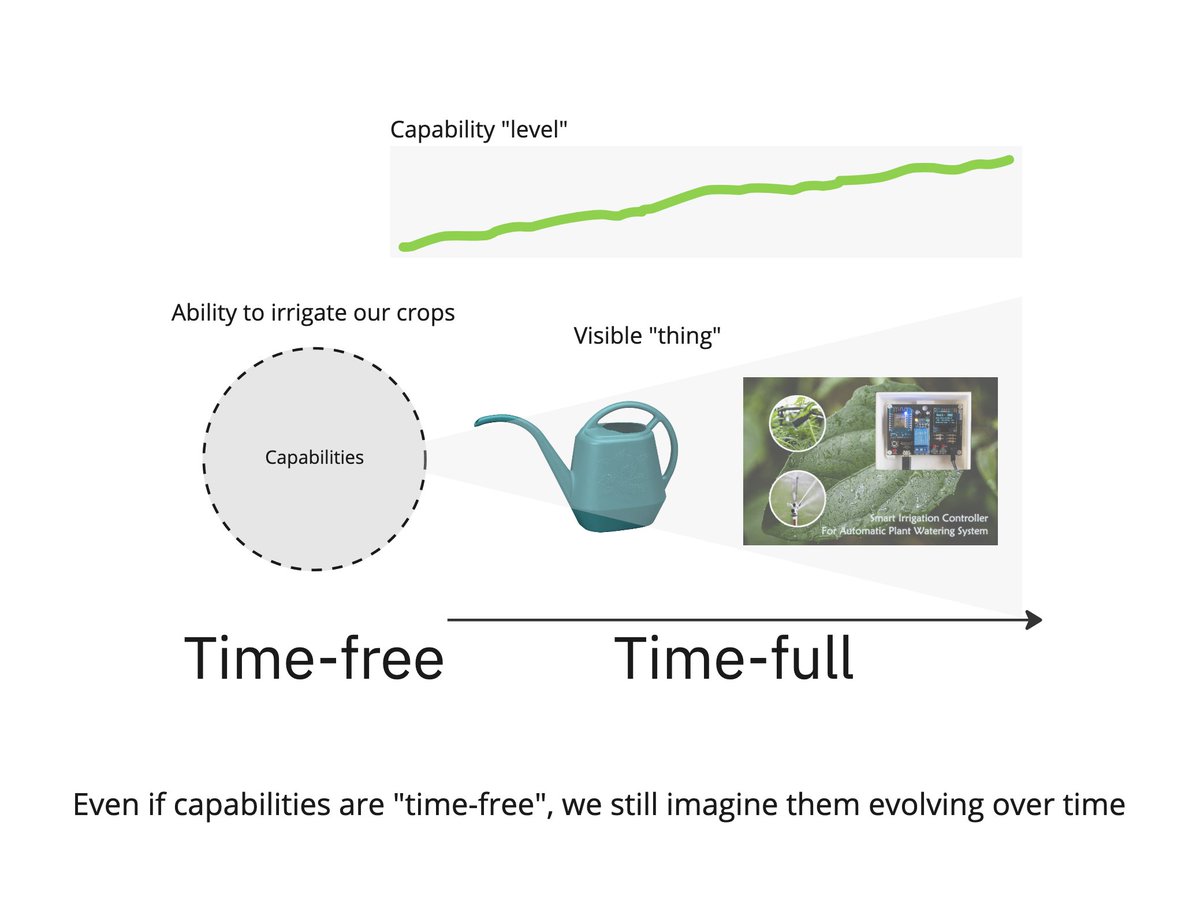"How do I get the developers on my team to take more of an interest in outcomes and our customers?" PdM
This is an interesting one. When developers seem disinterested, it is often for a couple reasons.
1/n: They are overwhelmed with an output-based incentive structure...
This is an interesting one. When developers seem disinterested, it is often for a couple reasons.
1/n: They are overwhelmed with an output-based incentive structure...
...so even if they do care, there is a lot of pressure from their department to "just write code" and "finish projects".
2/n: When there is a ton of debt, getting *anything* done can be a challenge, and this occupies 95% of their emotional/mental energy
Sometimes...
2/n: When there is a ton of debt, getting *anything* done can be a challenge, and this occupies 95% of their emotional/mental energy
Sometimes...
3/n: They used to care -- maybe at a prior job -- but got told to stay in their lane. They asked a question, got shot down. Their product manager didn't share context and/or engage them in the problem. So they mentally shut down on getting involved. Too many hassles.
So...
So...
As a PdM, your approach needs to:
1. try to influence the incentive structure of the eng org
2. help the team reduce debt and reactivity, so they have bandwidth to care
3. rebuild trust, share impact
4. don't treat their involvement as something "extra" to BAU
Finally...
1. try to influence the incentive structure of the eng org
2. help the team reduce debt and reactivity, so they have bandwidth to care
3. rebuild trust, share impact
4. don't treat their involvement as something "extra" to BAU
Finally...
Some people do just like to be left alone to do their thing. That's OK. And some people have a happy place, but will participate if they see that it helps.
So the best approach is to show that it matters and makes a difference. That their involvement helps.
So the best approach is to show that it matters and makes a difference. That their involvement helps.
• • •
Missing some Tweet in this thread? You can try to
force a refresh















